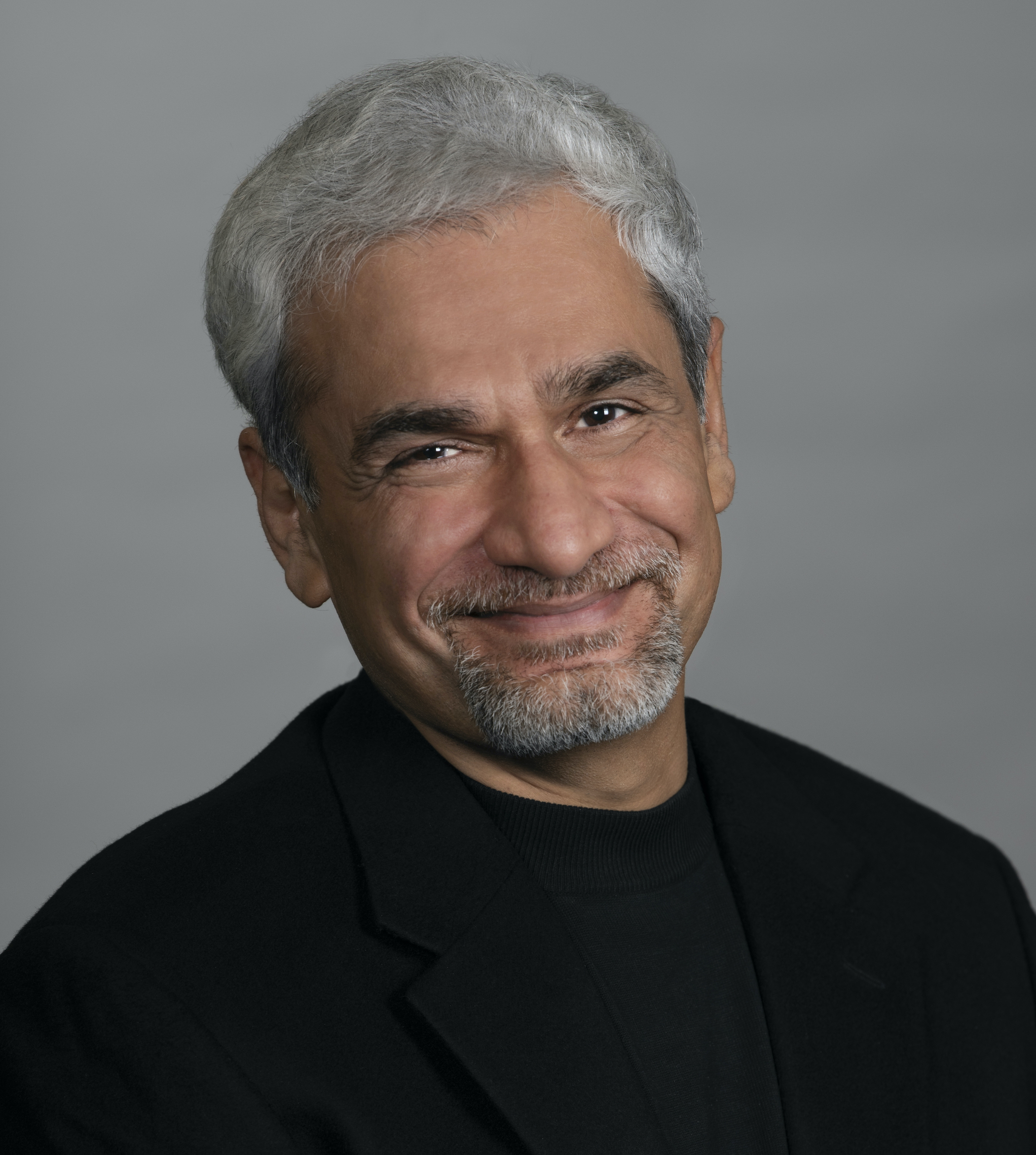Shoppers have become accustomed to seeing holiday-themed items in stores earlier than expected, like Christmas or Hanukkah decorations in October, before Halloween. But online, Black Friday and Cyber Monday have dominated the hype for the holiday shopping season — until now.
Already, online retailers, like Amazon, and companies with an e-commerce presence, like Target, have been sprinkling in deals this October. But why this early? And who benefits from this the most?
ASU News talked to Hitendra Chaturvedi, a supply chain expert and professor of practice in the W. P. Carey School of Business about these earlier-than-early-bird deals.
High inflation is a big factor, but so is the supply chain and the way consumers plan to shop for the holidays in the future, he says.
Hitendra Chaturvedi
Question: Why are some online retailers starting holiday sales in October?
Answer: Most online retailers are starting holiday sales early as they are already seeing a slowing of demand from the consumers and they would like to take a share of the decreasing holiday shopping wallet as early as possible. Combine this with high retailer inventories, and you have a rush to sell as much as quickly as possible before buying winter sets in.
Q: How will inflation and challenged supply chains impact holiday sales this year?
A: Coming out of the pandemic, U.S. consumers spent on products like crazy. With supply chain challenges and shortages of products, this caused prices to skyrocket, but that did not stop the consumers from buying. Low interest rates, rising home prices, pandemic relief, low unemployment and high savings all led to buying like we have never seen before.
Many companies made huge profits in this buying frenzy through inflation and shrinkflation. Many retailers, anticipating the same demand, ordered huge quantities this summer, and by the end of summer, they had their warehouses stocked to the gills with warehouse vacancy (at its) lowest in 27 years, at 3.4%. But then reality set in.
As (the) Fed starts to raise interest rates to combat runaway inflation, it is causing the housing market to cool down significantly. With fuel prices stubbornly high, savings rates are the lowest since 2009, at 5.4%, and credit card debt is the highest in many years, at close to $900 billion; it is causing consumers to put the emergency brakes on spending.
With consumer spending slowing down and retailers stuck with huge inventories — including Walmart, Nike, Target, Kohl’s, Best Buy and Amazon — the only remedy will be early and big discounts this holiday season.
Q: Will an earlier holiday shopping season benefit the retailer or the consumer more?
A: If there is a time to listen to your mom’s advice that “good things come to people who wait,” it is now. Retailers are starting holiday season early so they can sell at less discount, but as we approach holiday season, retailers will panic if they still have high inventory levels. That is when big discounts will come. Consumers will win if they exercise a little patience.
Q: Will the early holiday sales trend stick, and could we potentially see the end of Black Friday or Cyber Monday in the future?
A: In the past, with physical retail dominating sales, holiday shopping was concentrated to a few key days because it took a lot of preparation and cost to get stores ready. With online, it is much less expensive to launch a sale, so we will see holiday seasons start early, with many more Prime Days, Cyber Mondays and Black Fridays before the end of the year. We may even see new “named days” created by retailers just to sell more, and early.
Retailers prefer early start because that minimizes their risk of concentrated holiday shopping days, and they will do whatever it takes to get the largest share of the holiday sales wallet of the consumer as early as possible. Amazon launching a second Prime Day in October is an example of such a trend.
Q: Will we see a shift in consumer behavior and e-commerce trends with increased options to save money?
A: The anticipated huge holiday shopping season that we all looked forward to will be a thing of the past. Holiday shopping season will start early, particularly by large retailers. But buying early may not mean saving money. With comparison shopping available, the way consumers can save money will be to know early what they want, keep a lookout for the products on their list and buy when they see a deal. Impulse buying and last-minute buying will be reduced. In the long run, (a) longer holiday season gives more predictability to retailers, which they like. For consumers, it gives them more time to shop around, so the smart, patient shopper will certainly save money.
Top photo courtesy Pixabay
More Business and entrepreneurship
W. P. Carey School of Business celebrates new center and degree program for real estate, a vital industry for the state
As Arizona grows, so does the demand for places to live, work and connect. And with over 14% of the state's gross domestic product attributed to the real estate market, it's a crucial industry for…
Sustainability leader and ASU alum honored for transforming business with a people-first approach
Long before Jim Fish ('86 BS in accountancy) became president and CEO of WM — formally Waste Management — in 2016, he recognized that the higher he climbed the corporate ladder, the greater the…

ASU business students take on the big leagues
Each year, sports fans from across the country flock to Arizona to attend major events like the Waste Management Phoenix Open, Fiesta Bowl and Cactus League Spring Training. These mega-events…



